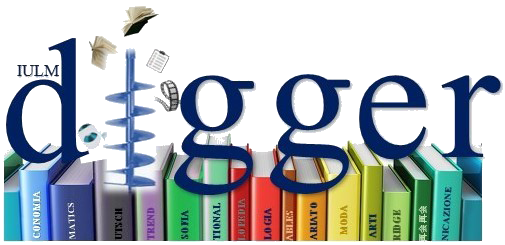The aim of this volume is to verify how the concepts conveyed by the keywords wilderness and wildness have varied in recent years with respect to their original/literal meanings, as well as the effects these changes may have on discourse about the environment and protecting remaining wild lands. The words have been chosen because they thoroughly conceptualize the idea of untamed nature and can help shed light on beneficial environmental discourses. The reference framework of this work is ecolinguistics in its attempt to determine how environmental issues are discussed and narrated; and its rationale is that of combining corpus linguistics with narrative and discursive use analyses. Association of these methods can heighten the results and offer new tools for ecolinguistics scholars. The analysis displays many occurrences of wilderness and very few of wildness that nuance various meanings in the SibBol corpus and in The Guardian sub corpus, reflecting differing reference contexts. Wilderness largely keeps its literal meaning, compared to a broader meaning associated with wildness and connected with qualities that can be dissociated from nature. The term is progressing toward a metaphorical meaning, as its discursive usage demonstrates. Instead, the wilderness discourse – whether in articles, books, social media or documentaries – can play a pivotal role in wilderness conservation by educating the public, influencing policy, engaging communities, building emotional connections, documenting issues, and promoting sustainable practices. The success of conservation efforts hinges on communication through various forms of written and spoken words.
Discourse Analysis and the Environment: Ecolinguistic Perspectives, 2024.
Discourse Analysis and the Environment: Ecolinguistic Perspectives
Re Anna Maria
2024-01-01
Abstract
The aim of this volume is to verify how the concepts conveyed by the keywords wilderness and wildness have varied in recent years with respect to their original/literal meanings, as well as the effects these changes may have on discourse about the environment and protecting remaining wild lands. The words have been chosen because they thoroughly conceptualize the idea of untamed nature and can help shed light on beneficial environmental discourses. The reference framework of this work is ecolinguistics in its attempt to determine how environmental issues are discussed and narrated; and its rationale is that of combining corpus linguistics with narrative and discursive use analyses. Association of these methods can heighten the results and offer new tools for ecolinguistics scholars. The analysis displays many occurrences of wilderness and very few of wildness that nuance various meanings in the SibBol corpus and in The Guardian sub corpus, reflecting differing reference contexts. Wilderness largely keeps its literal meaning, compared to a broader meaning associated with wildness and connected with qualities that can be dissociated from nature. The term is progressing toward a metaphorical meaning, as its discursive usage demonstrates. Instead, the wilderness discourse – whether in articles, books, social media or documentaries – can play a pivotal role in wilderness conservation by educating the public, influencing policy, engaging communities, building emotional connections, documenting issues, and promoting sustainable practices. The success of conservation efforts hinges on communication through various forms of written and spoken words.| File | Dimensione | Formato | |
|---|---|---|---|
|
Discourse-Analysis-and-the-Environment_Ecolinguistic Perspectives_2024.pdf
Open Access
Dimensione
8.13 MB
Formato
Adobe PDF
|
8.13 MB | Adobe PDF | Visualizza/Apri |
I documenti in IRIS sono protetti da copyright e tutti i diritti sono riservati, salvo diversa indicazione.



